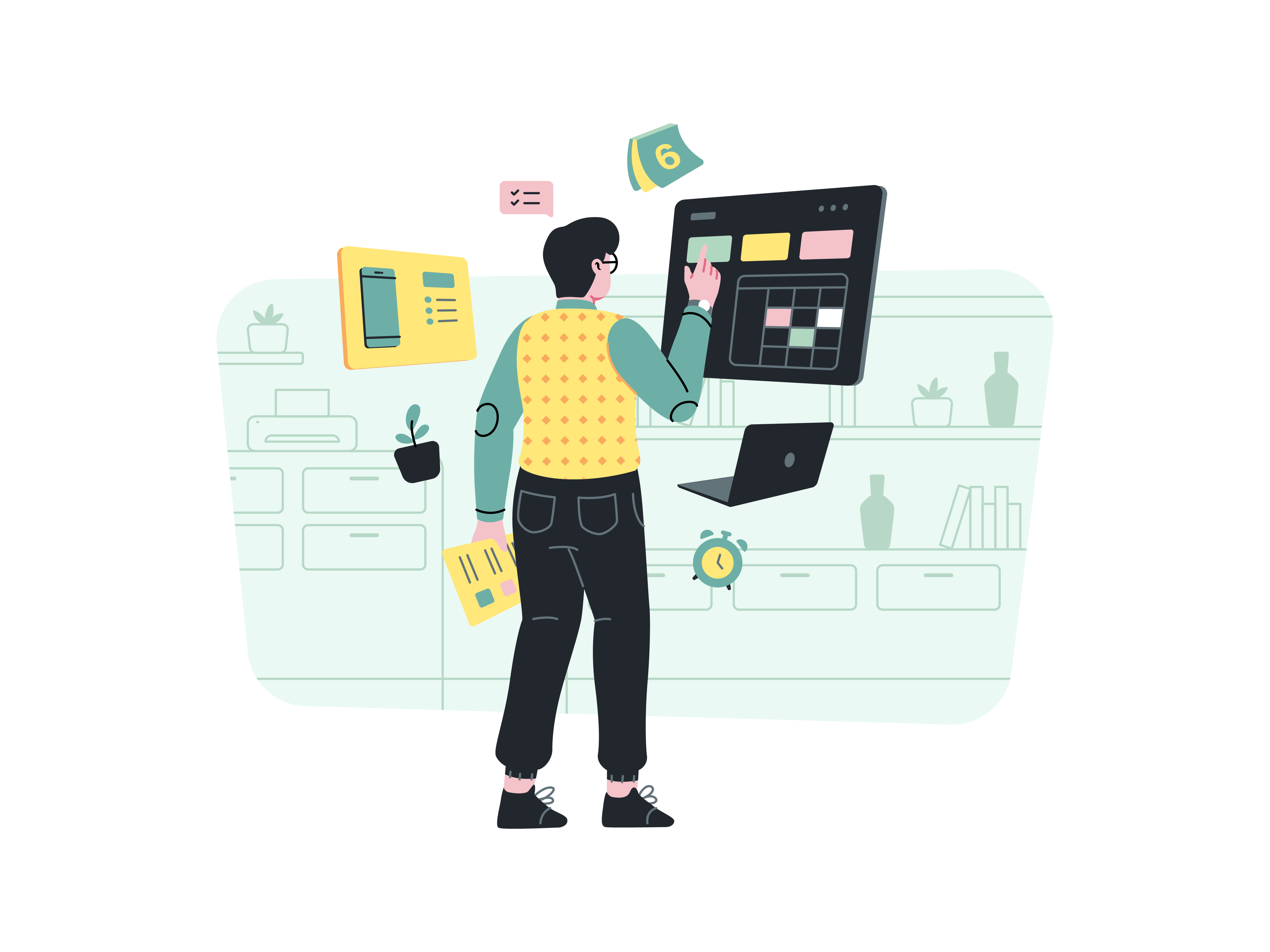How to create a responsive image gallery with Bootstrap

A captivating image gallery is a powerful addition to any website, allowing you to showcase your work, products, or memorable moments in an engaging way. Building a responsive image gallery can be a challenging task, but with Bootstrap, the process becomes remarkably streamlined. In this comprehensive guide, we will walk you through the steps to create a stunning and fully responsive image gallery using Bootstrap’s built-in features.
Why Choose Bootstrap for Your Image Gallery
Bootstrap, an open-source front-end framework, offers a range of responsive design tools, components, and utilities that make it an ideal choice for creating image galleries. Here’s why Bootstrap is a top choice:
- Responsive Grid System: Bootstrap’s grid system simplifies the layout of your gallery, ensuring that it adapts seamlessly to various screen sizes and devices.
- Ready-made Components: Bootstrap provides pre-designed components like modals and carousels, which are perfect for image galleries. This saves you time and effort in creating custom solutions.
- CSS Flexibility: Bootstrap’s CSS classes allow you to easily customize the appearance of your gallery to match your website’s aesthetics.
Getting Started
Before we dive into creating the image gallery, ensure that you have Bootstrap integrated into your project. You can either download Bootstrap and include the necessary CSS and JavaScript files, or use the Bootstrap CDN for quicker access.
Structuring Your HTML
A well-structured HTML layout is the foundation of a responsive image gallery. Start by creating the basic structure:
<!DOCTYPE html>
<html lang="en">
<head>
<meta charset="UTF-8">
<meta name="viewport" content="width=device-width, initial-scale=1.0">
<link href="path/to/bootstrap.css" rel="stylesheet">
<title>Responsive Image Gallery</title>
</head>
<body>
<!-- Your gallery content will go here -->
<script src="path/to/bootstrap.js"></script>
</body>
</html>
Creating the Grid
Bootstrap’s grid system is the heart of your responsive image gallery. It allows you to create a flexible layout that adjusts to different screen sizes. Use the container, row, and col-* classes to structure your grid.
<div class="container">
<div class="row">
<div class="col-md-4">
<!-- Image 1 -->
</div>
<div class="col-md-4">
<!-- Image 2 -->
</div>
<div class="col-md-4">
<!-- Image 3 -->
</div>
<!-- Add more columns as needed -->
</div>
</div>
In the above example, we’ve created a three-column layout. You can add more columns to accommodate more images.
Adding Images
Place your images inside the grid columns. You can use the img-fluid class to make your images responsive, ensuring they scale appropriately on various devices.
<div class="container">
<div class="row">
<div class="col-md-4">
<img src="image1.jpg" alt="Image 1" class="img-fluid">
</div>
<div class="col-md-4">
<img src="image2.jpg" alt="Image 2" class="img-fluid">
</div>
<div class="col-md-4">
<img src="image3.jpg" alt="Image 3" class="img-fluid">
</div>
<!-- Add more images as needed -->
</div>
</div>
Implementing Lightbox for Image Viewing
To create an interactive image gallery, you can use a Bootstrap feature called a “lightbox.” A lightbox allows users to click on an image to view it in an enlarged overlay without leaving the current page.
Bootstrap doesn’t provide a built-in lightbox component, but you can use third-party libraries like “Lightbox” or “Magnific Popup” to achieve this functionality.
Here’s a basic example using the Lightbox library:
- Include the Lightbox library and CSS in your HTML:
<link href="path/to/lightbox.css" rel="stylesheet">
<script src="path/to/lightbox.js"></script>
- Add a
data-lightboxattribute to your images and group them with a common identifier:
<img src="image1.jpg" alt="Image 1" class="img-fluid" data-lightbox="gallery">
<img src="image2.jpg" alt="Image 2" class="img-fluid" data-lightbox="gallery">
<img src="image3.jpg" alt="Image 3" class="img-fluid" data-lightbox="gallery">
<!-- Add more images to the same group -->
- When a user clicks on an image, Lightbox will display it in an overlay with navigation controls for the gallery.
Optional: Adding Captions and Descriptions
To enhance the user experience, you can include captions and descriptions for your images. Bootstrap provides classes for styling these elements.
<div class="container">
<div class="row">
<div class="col-md-4">
<a href="image1.jpg" data-lightbox="gallery">
<img src="image1.jpg" alt="Image 1" class="img-fluid">
</a>
<div class="caption">Image 1 Caption</div>
<div class="description">Description for Image 1.</div>
</div>
<!-- Add more images with captions and descriptions as needed -->
</div>
</div>
Styling and Customization
Bootstrap provides extensive CSS classes that you can use to style your image gallery. You can customize fonts, colors, margins, and other design aspects to match your website’s theme.
Testing and Optimization
Before finalizing your responsive image gallery, thoroughly test it on various devices and browsers to ensure it functions flawlessly. Additionally, optimize your images for web use to ensure fast loading times.
Conclusion
Creating a responsive image gallery with Bootstrap is a rewarding endeavor that can greatly enhance your website’s visual appeal. By harnessing Bootstrap’s grid system, responsiveness, and third-party lightbox libraries, you can effortlessly craft an engaging gallery that showcases your content beautifully on all devices. Remember to maintain a balance between aesthetics and functionality, and you’ll have a dynamic image gallery that captivates your audience.